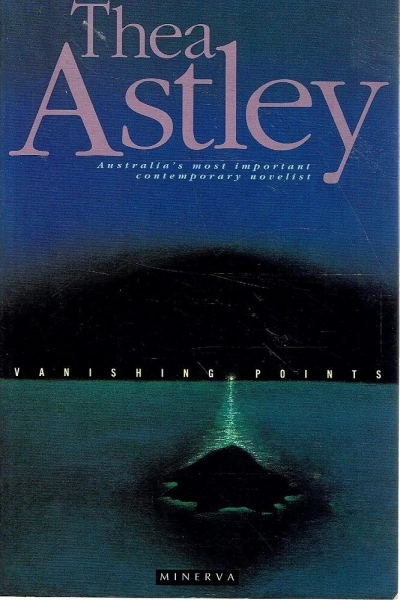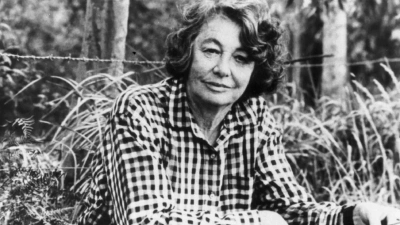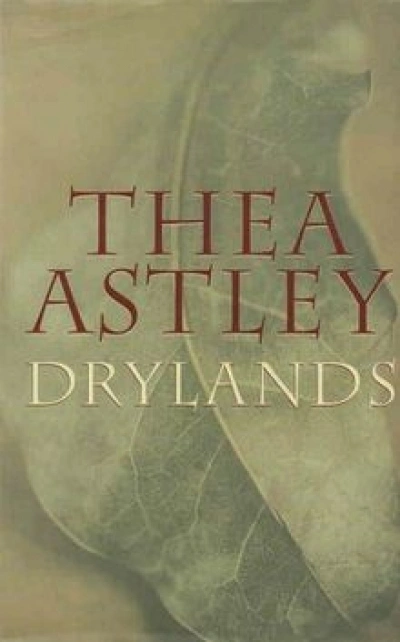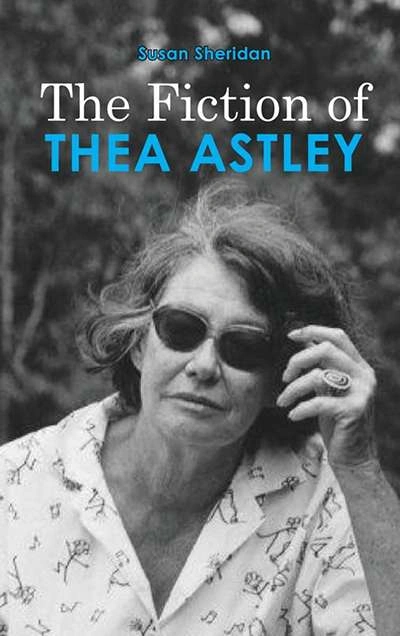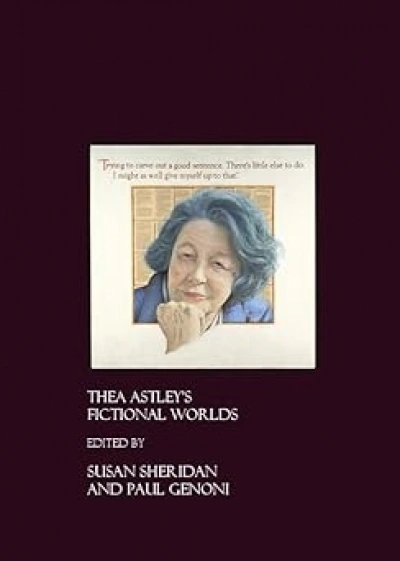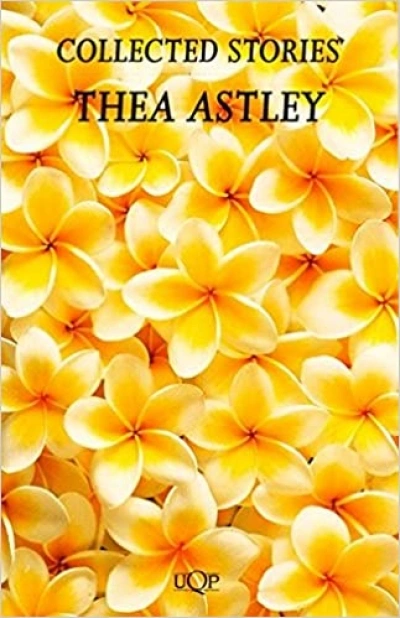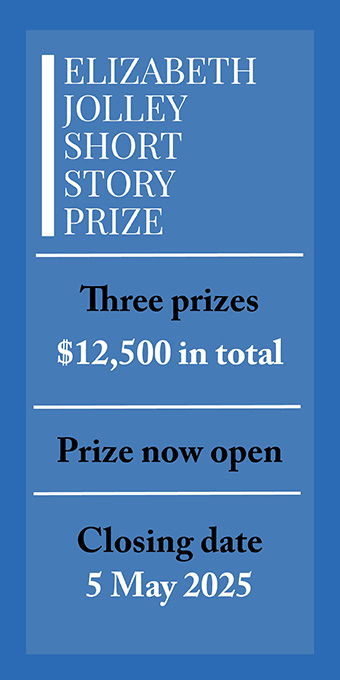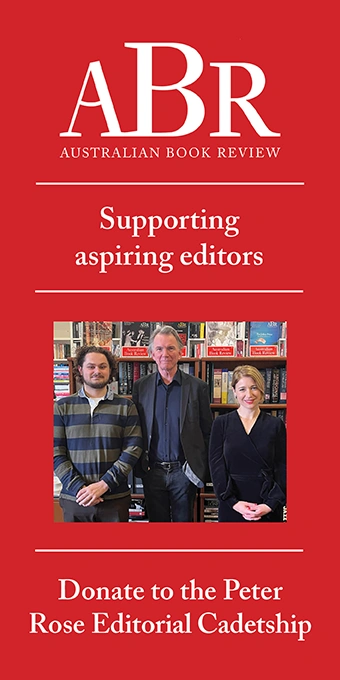Thea Astley
The whole of inland Australia is manoeuvred, manipulated by the weather and by seasons, especially if you are in primary industry. I always like the story, I was travelling north once on the plane and the person next to me said that they hadn’t had rain for seven years. They were living out around Mt Isa and the first time it fell, his five-year-old ran in screaming with fright. But that’s probably one of those north Queensland stories.
... (read more)It’s Raining in Mango: Pictures from the Family Album was first published in 1987, on the eve of the bicentenary of white settlement in Australia, when many versions of the story of Australia were advanced and debated. Thea Astley’s book presents a family, the Laffeys, as a microcosm of the national story. It is a novel made up of stories told by Connie ...
Thea Astley (25 August 1925–17 August 2004) was an Australian novelist and short story writer. Her first novel, Girl with a Monkey, was published in 1958. She was a prolific and multi-award-winning writer who published fifteen novels and two short story collections and won the Miles Franklin award four times (for The Well Dressed Explorer in 1962, fo ...
Nine Lives: Postwar Women Writers Making Their Mark by Susan Sheridan
Thea Astley’s Fictional Worlds edited by Susan Sheridan and Paul Genoni
One of the principal characters in much of Thea Astley’s writing is Queensland. ‘An intransigent fecundity dominated two shacks which were cringing beneath banana clumps, passion-vines, granadillas.’ There’s a lot of sad poetry about the place; and the distances that separate us, I mean the physical distances, are like verse-breaks in a ballad; and once, once we believed the ballad might never end but go on accumulating its chapters of epic while the refrain, the almost unwordable quality that mortises us together, retained its singular soul. How express the tears of search?
... (read more)

